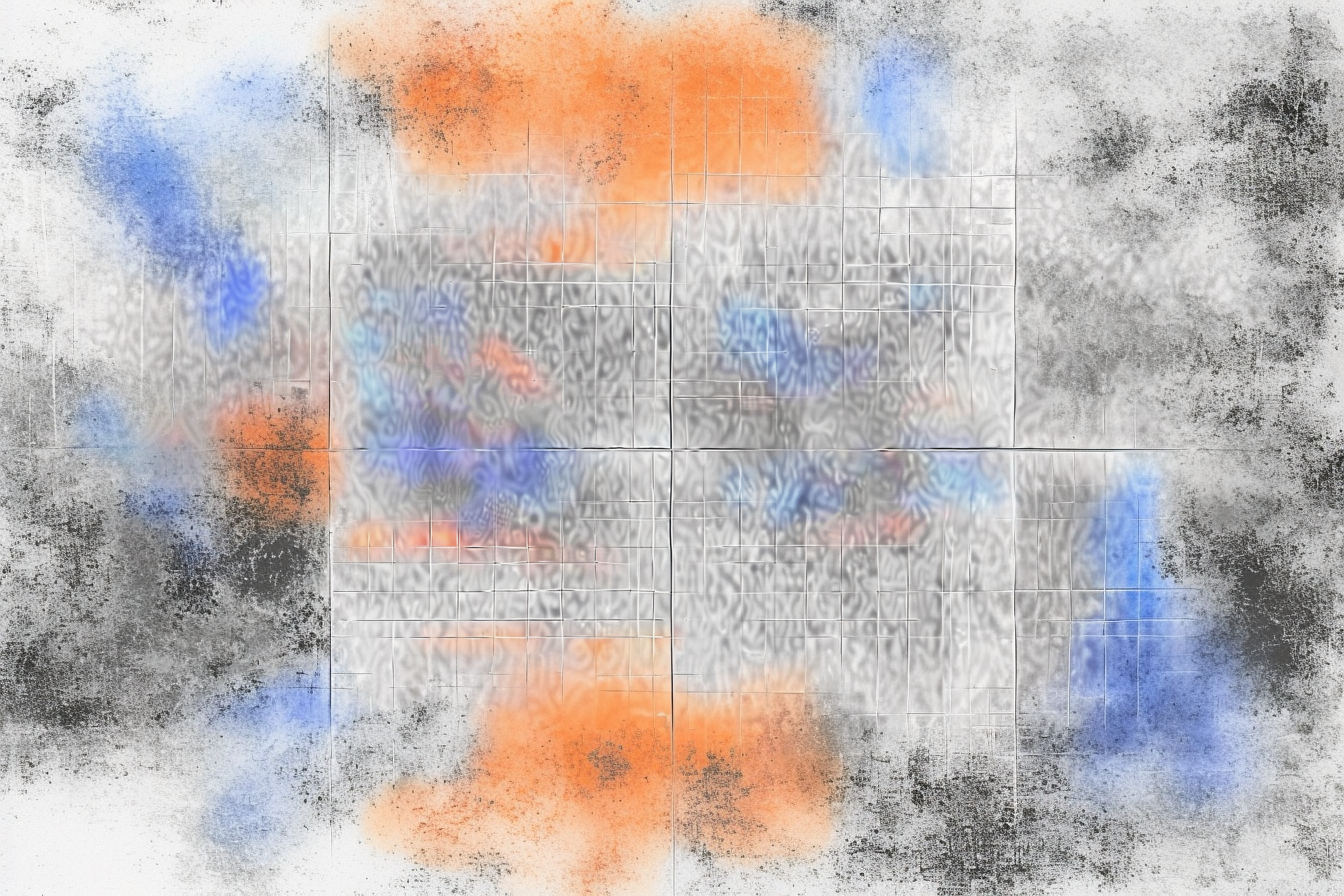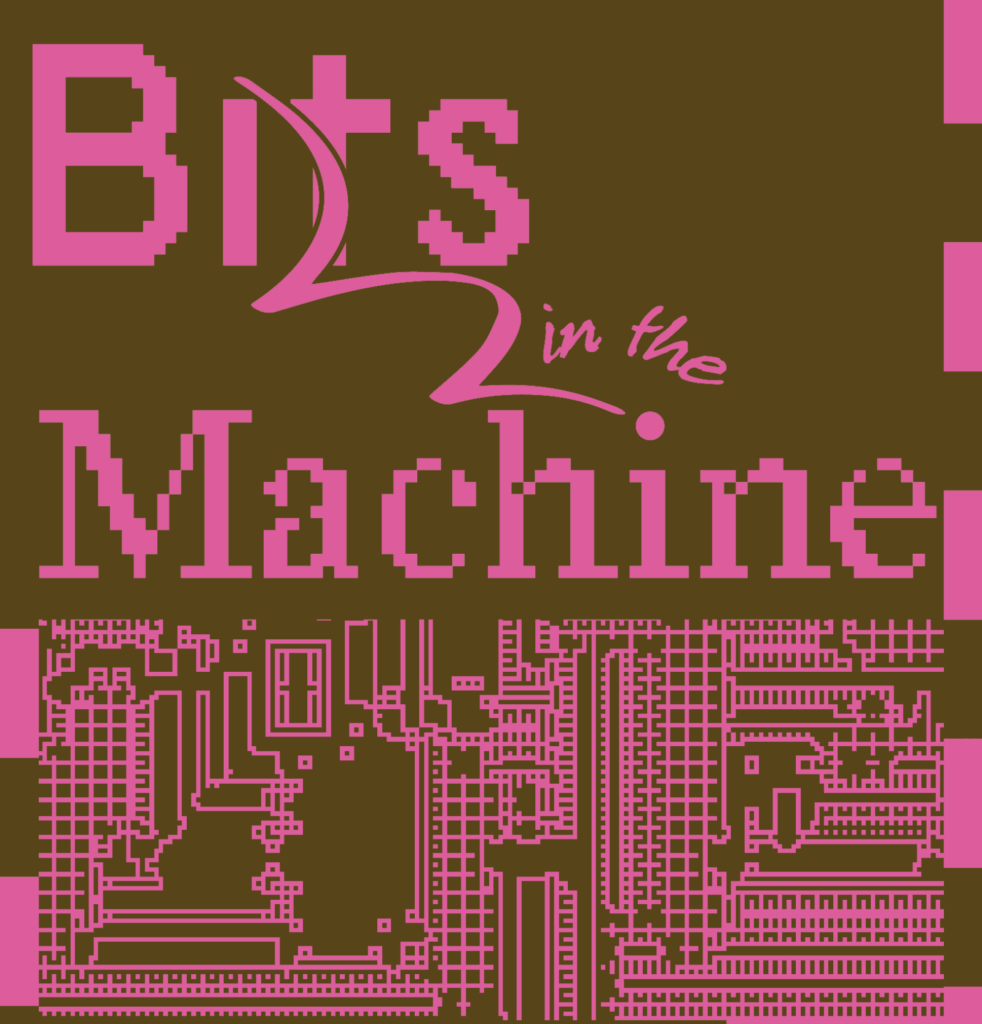How to Leave Twitter
A Rant, not a Post. Plus: Radio & Zines & Apologies

I have been busy this week with writing and revisions for part two of The Ghost Stays in the Picture — part one is over at the Flickr Foundation blog. Because of that, there’s no typical newsletter content this week.
However, I thought I’d flag that I was also a guest on WXXI’s “Connections with Evan Dawson,” joining a panel conversation about AI and the music industry that veered into AI and creativity more generally. It’s meant for a general listening audience and it was a pretty fun chat.
I also joined some awesome folks for a FAccT2024 panel launching “Bits in the Machine: A Time Capsule of Worker's Stories in the Age of Generative AI,” a zine from folks at the DAIR Institute, Collective Action School and Collective Action in Tech. As the title implies, the zine contains interviews from various perspectives on the way workers in the creative industry are thinking about generative AI. I’m one of a few interviewees. You can check out the zine here.

On June 27th I’ll be a keynote speaker, alongside Beth Coleman from the University of Toronto, at the Design Research Society conference (DRS2024) at Northeastern University. Details here.
The summer, plus the workload of editing the ARRG! Zine (which is slowly coming together) and wrapping up my Flickr fellowship means a little less content from the newsletter — apologies in advance if it goes biweekly for a bit! I’m still here and still writing.
What follows is a short rant on leaving Twitter, which may or may not be interesting. But I quit the site, and I had some thoughts. Consider this a rant in lieu of a proper post.
How to Leave Twitter
I have been trying to leave Twitter (X) for a while now and finally deleted the account. If you want the messy details, I promise you they are extremely dull. There was Twitter drama, and I was invested in it, and that was disorienting. An artist was sharing AI generated work; another artist realized it was AI generated and felt betrayed, so they started copying the AI generated artwork by hand and posting it as their own (titled, literally, “Spite.” I’ll remind you that the person who did this was upset because a work they enjoyed had been generated by AI. They then felt entitled to claiming ownership over it. A large contingent of anti-AI people celebrated this, because they didn’t believe the original artist was an artist at all.
I found this celebration confusing — AI generated art, drawn by hand, was still generated by AI, and still contains traces of style features learned from the artists whose work was taken without permission. If that was your concern, then this use of AI is a weird thing to celebrate.
I have a nuanced view on this, which meant I was about to have a horrible experience on Twitter. Sure enough, I was quickly called an AI bro. But several comments into a thread with someone I disagreed with (but whom I was learning from), another user stepped in to confront me about my use of “y’all” (“you all,” more specifically). “Y’all” is a thing I say in online conversations, sometimes, and I was accused of using it to “generalize the positions of all anti-AI people”.
It was a small annoyance but in the context of all that was happening, I finally collapsed from the weight of bad faith arguments that has come to define what posting on Twitter means in 2024.
It is helpful that the X icon is a literal reminder not to use it. A few months ago I took it off my phone, but then I was traveling for conferences and trying to talk to journalists so I had to add it back. Journalists still love X, because Twitter used to be where important people said things. Nobody is saying anything important there now.
The journalists didn’t quote me anyway.
The friction of X was always more motivating than the conversations on any of those other platforms, because I see more extreme examples of bad-faith, decontextualized techno-utopian gaslighting on X than anywhere else. It was fodder for rebuttal. Much of this newsletter has been fueled by other people being wrong on the internet. As someone dedicated to understanding and critiquing techno-solutionism, it’s a source for uncovering that ideology. LinkedIn has it too, but it’s more carefully controlled by your selected network.
But it’s too tempting to mistake all that for something relevant. A lot of the conversation on X about AI is simply wrong: people who don’t read papers telling us what they say, people who read about how LLMs work in online forums dedicated to the singularity spend time assuring me that I don’t understand them.
For a long time I believed that there was some remarkable change in OpenAI’s infrastructure that made my understanding of LLMs obsolete. Then I did the research and read the papers, etc. There isn’t. People just misunderstand how they work, and wanted to assure me that I didn’t know how they worked.
Unfortunately, a great number of smart AI people still seem to be relying on X to share their research, critiques and ideas. I suspect there is a timing issue here: Generative AI was the last big cultural shift to take place before Twitter died and X rose from its ashes, like the stench from a putrid corpse. Many of these AI people found themselves with tons of engagement and followers that they’re simply unwilling to give up, or find that they have less leverage in other sites.
But it was telling that I was on the website because I wanted access to that knowledge. In other words: even the best, most thoughtful writers about AI were causing me to use X in order to read what they had to say. It seemed perverse. I understand why they are there, but I need everyone to understand that they are why we are there, and by all counts, we should all be somewhere else.
Me, I had a paltry 4k followers. Without paying for a blue check, it was unlikely to go much higher than that. Friends in the AI space range from 14k to 40k. That’s astounding to me. The fact is, the audience numbers really has nothing to do with how many people see the free stuff you give away. X is designed around the concept that what I wrote had no value, and that I had to pay Elon Musk to share my free content that other users enjoyed engaging with. That’s ridiculous.
So in short, I’ve deleted my Twitter account, and I’m available on LinkedIn, Instagram and Mastodon. Come find me, my accounts need the help. :)





